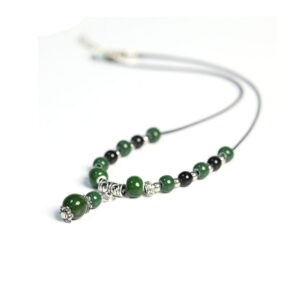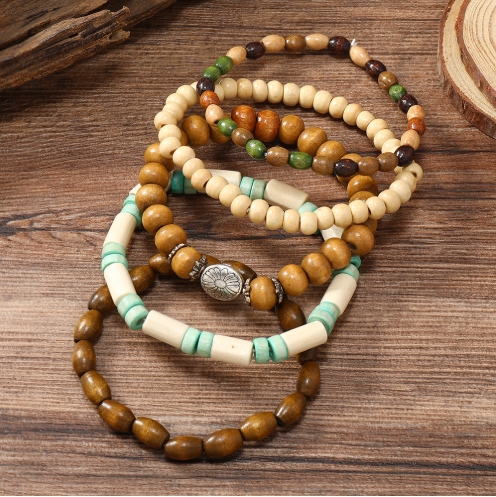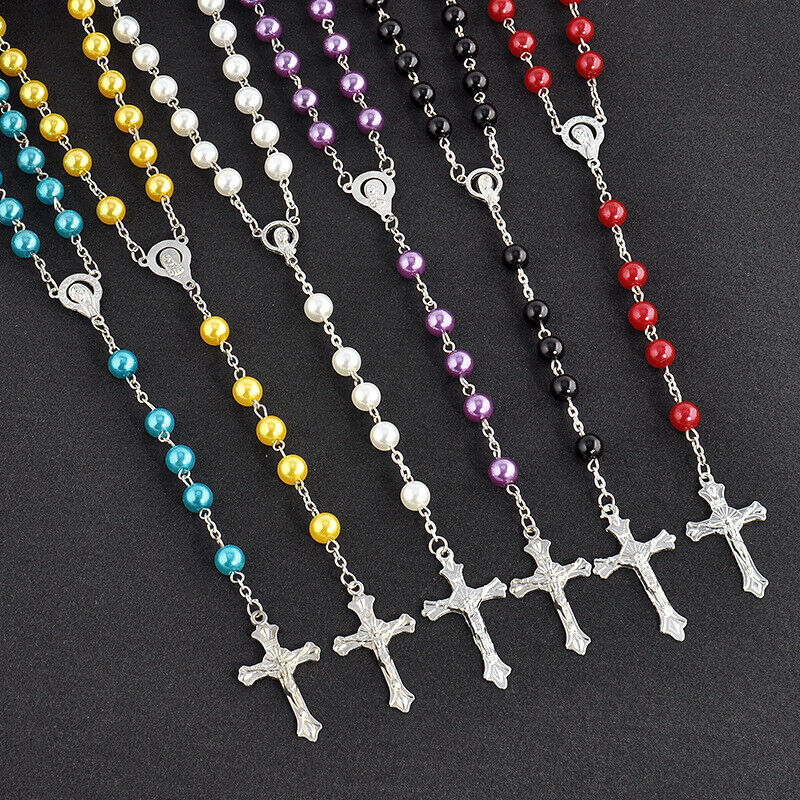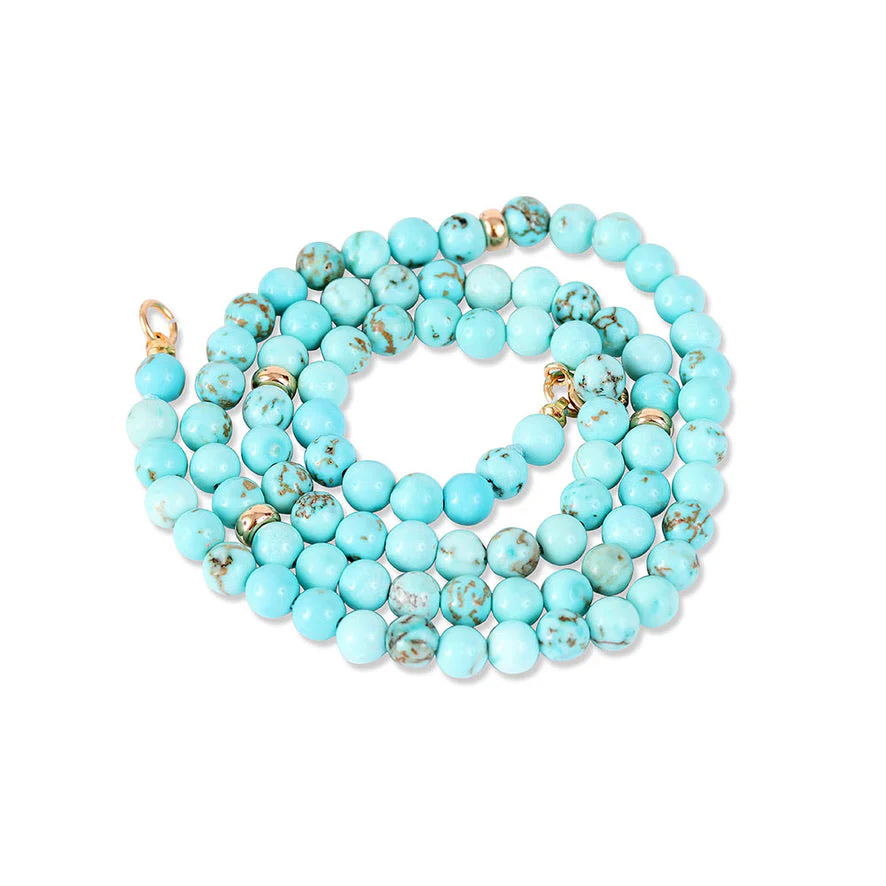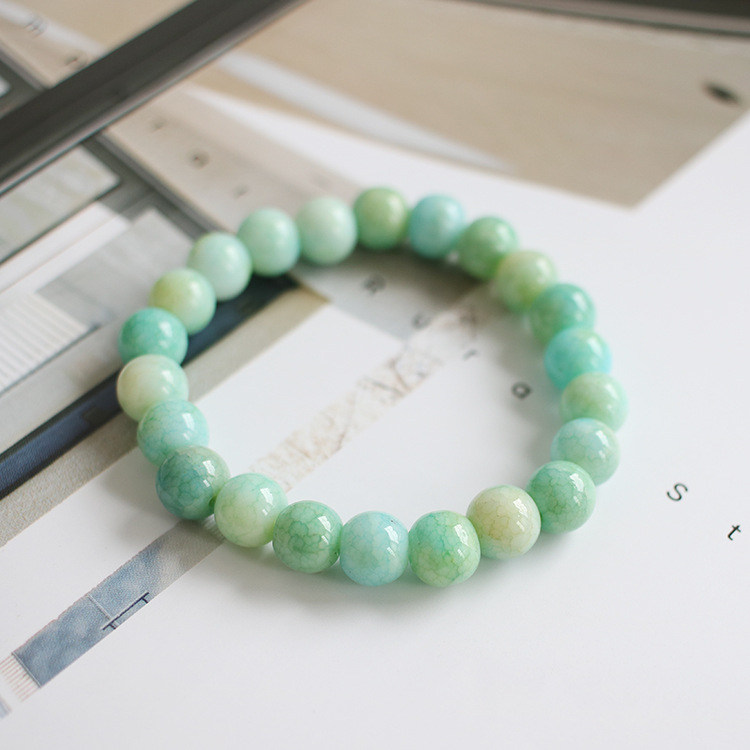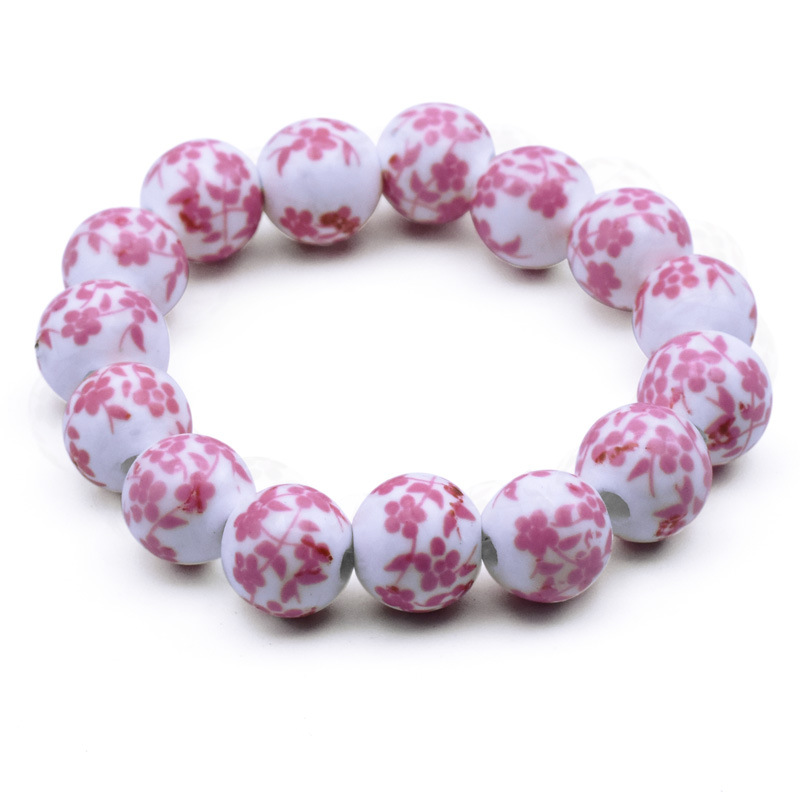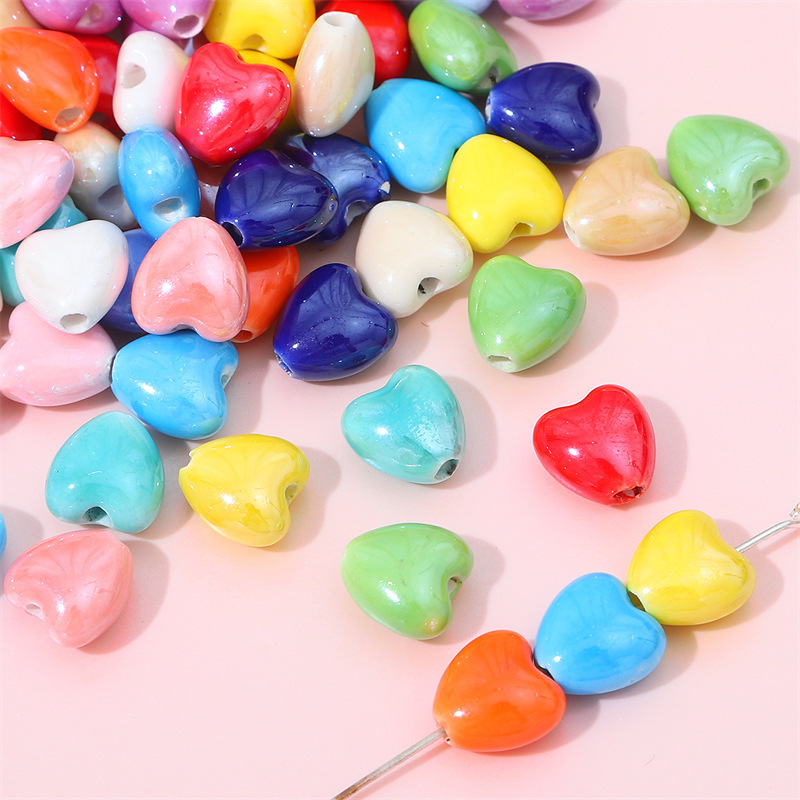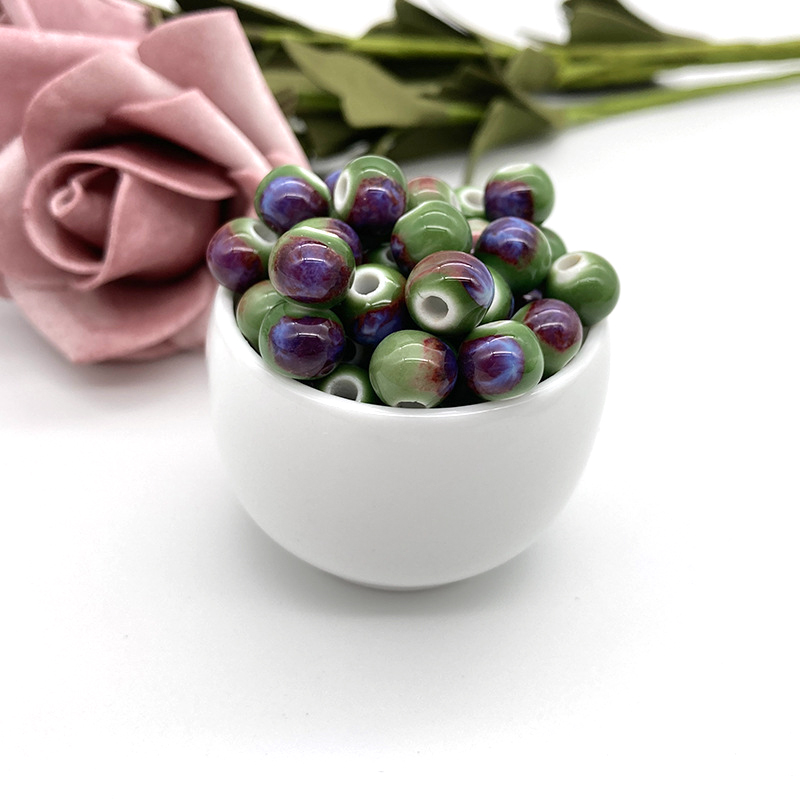When selecting beads for bracelets, understanding the durability and care requirements of the materials is crucial. The durability of the beads is essential, especially for bracelets that are worn daily and subjected to wear and tear. Proper care and maintenance can extend the lifespan of beaded bracelets, ensuring they remain beautiful and fashionable for years to come. Beaded jewelry requires meticulous care to preserve its appearance and integrity. By storing beaded jewelry properly, cleaning it with suitable methods, and performing regular maintenance, you can protect it from physical and chemical damage. This approach not only enhances the appearance of the jewelry but also preserves the memories and sentiments often associated with these cherished accessories. Different materials used in beads, such as bone, gemstone, and wood, have specific care requirements. For example, bone beads, made from the bones of various animals, need to be stored in a soft pouch when not in use to avoid damage. Due to their porous nature, bone beads can absorb perfumes, fragrances, and makeup, which may stain them. Some people utilize this feature for aromatherapy or essential oil jewelry. Bone beads are durable for normal wear but should not be soaked in water or exposed to extreme temperatures, as this can weaken them and cause breakage. Gemstone beads require understanding their specific characteristics, treatments, and factors affecting their durability to ensure proper care. For example, hard gemstones like diamonds, sapphires, and rubies can withstand most cleaning methods, while moderately hard gemstones like amethysts and citrines require gentler cleaning techniques. Recognizing and understanding these factors can help maintain the beauty and longevity of gemstone jewelry. Wood beads, used since the Neolithic era, are known for their durability and beautiful natural grain, which is often emphasized by dyeing and polishing. They are lightweight and suitable for creating large, bold designs. Various cultures use wood beads in religious practices, attributing to them the ability to balance energy.
Sourcing Bracelet Beads
Sourcing beads for bracelet-making is a multifaceted process that requires a combination of knowledge, discernment, and caution. Various factors must be considered to ensure the authenticity and quality of the beads used in your projects.
Identifying Quality Materials
When sourcing beads, the materials used are paramount. Beads can be made from a plethora of substances including precious and semi-precious gemstones, glass, wood, metal, and synthetic materials. Each type of material brings its unique characteristics and value to the jewelry piece. For example, bracelets featuring high-quality gemstones like emeralds, sapphires, or natural stones like turquoise or jade are often more valuable and desirable than those made with common or synthetic beads. Moreover, the intrinsic value of these materials significantly affects the overall worth and durability of the bracelet.
Recognizing Authenticity
The authenticity of beads is another critical aspect. Ensuring that the beads are genuine and not imitation or synthetic can be challenging. This requires a meticulous examination by an appraiser or through a knowledgeable seller who understands the bead-making process and the characteristics of different materials. Engaging in a conversation with the seller or contacting them via email, chat, or phone can provide valuable insights into the bead’s origin and authenticity.
Shopping from Reputable Sources
Buying from reputable suppliers is crucial to guarantee the authenticity and quality of the beads. Certified shops and recognized resellers, such as those listed by the Promovetro Consortium, are reliable sources for genuine Murano Glass beads and other high-quality materials. Additionally, online stores like Art Cove offer a range of affordable jewelry-making supplies and various bead types, making it easier to find beads that suit your specific needs. However, it’s essential to check the store’s selection and the knowledge and reputation of the seller to ensure the products are genuine.
Ensuring Secure Transactions
When purchasing beads online, choose specialized and trustworthy websites that use secure navigation protocols (https) to protect your personal and payment information. Checking customer feedback on platforms like Facebook or review sites such as TripAdvisor and Yelp can also help verify the reliability of the online store.
Historical Significance and Cultural Value
Beads have a rich historical significance and cultural value across different regions. For instance, in the 15th century, European ceramic and glass beads were introduced to indigenous peoples in America and Africa and were used as currency for trade. The historical and cultural context of beads can add an extra layer of meaning and value to your jewelry projects, making them not only fashionable but also significant and unique. By carefully considering these factors and sourcing beads from reputable and knowledgeable suppliers, you can enhance the quality and authenticity of your bracelet-making projects, ensuring they are both beautiful and durable.
